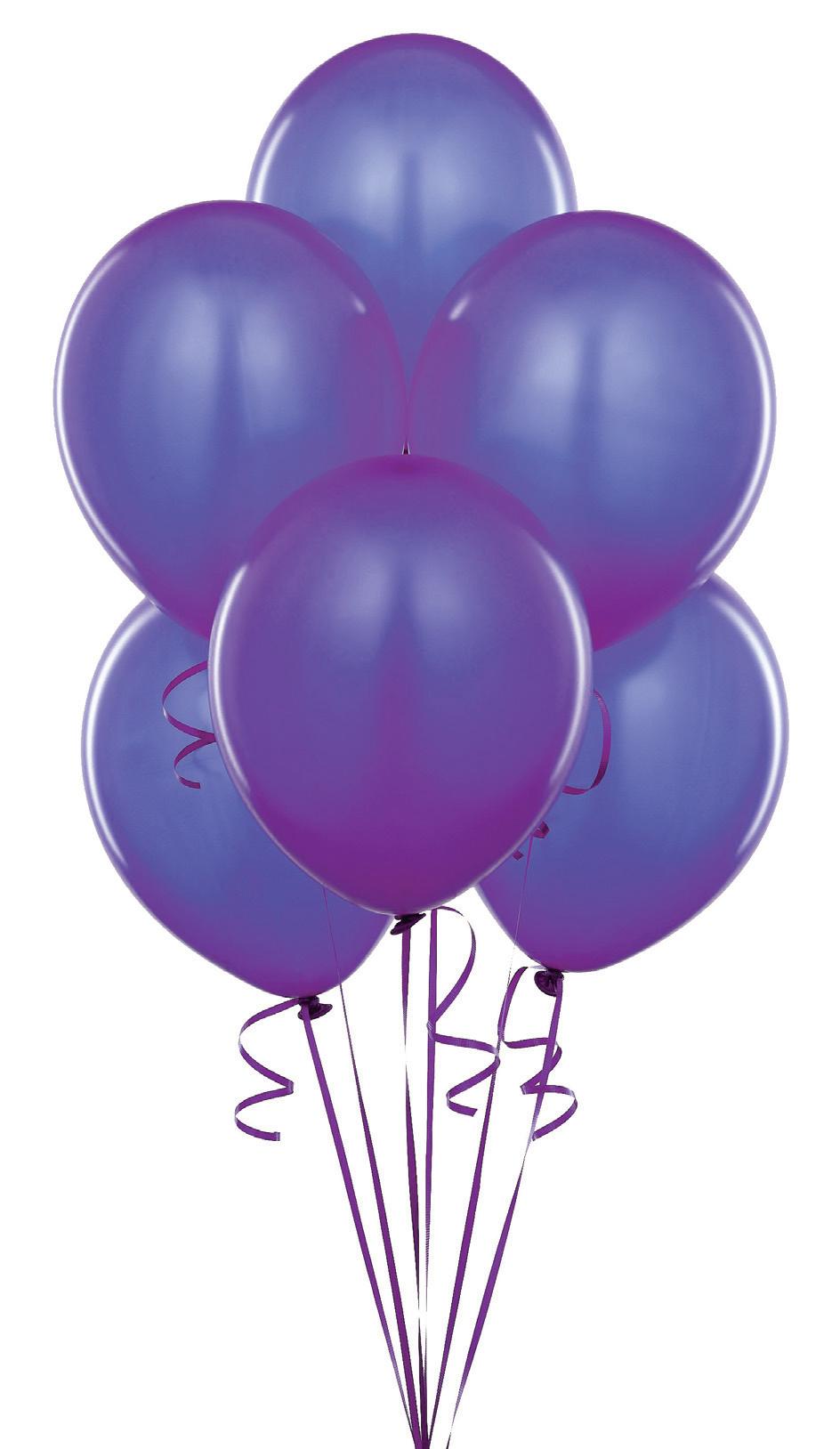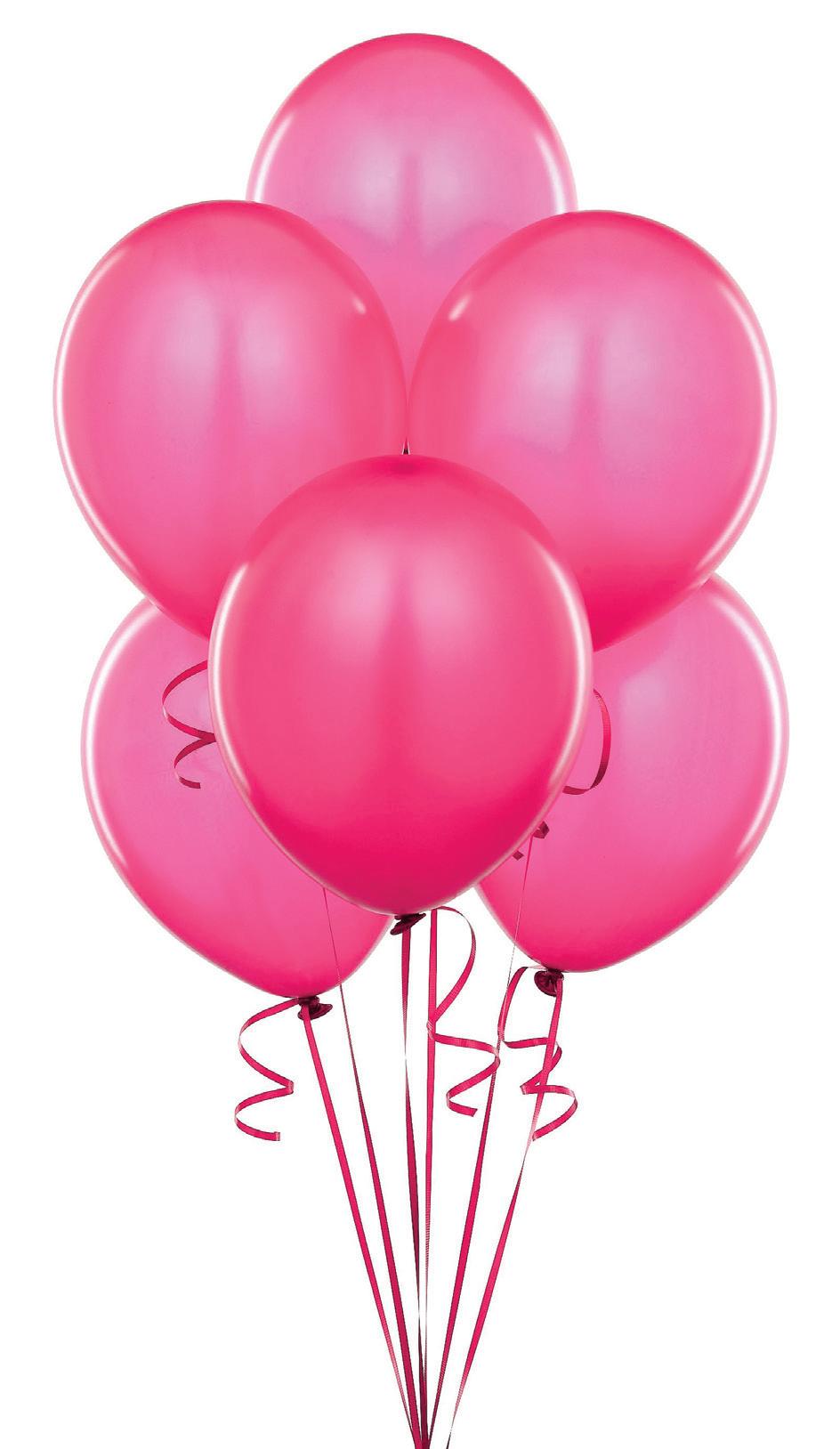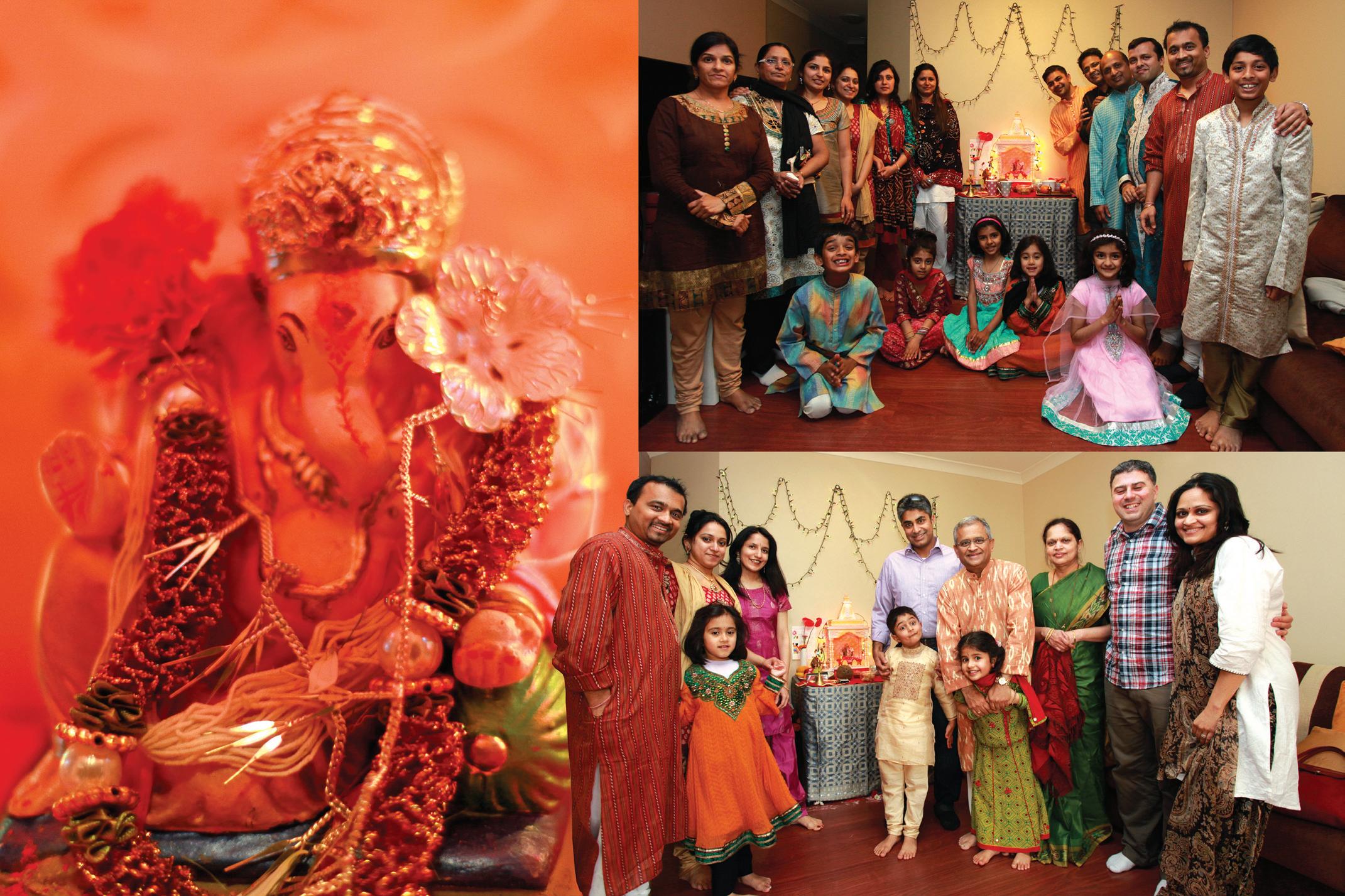
2 minute read
Tribute to carnatic composers
from 2011-09 Sydney (1)
by Indian Link
School on August 13.
Two of Sydney’s renowned carnatic music rasikas, Dr. Giridhar Tirumalai and Sri Hari Raman have been instrumental in putting together annual memorial concerts to celebrate the great composers of yesteryears. It is to their great credit that they have continued their efforts, giving their time and energy for over 10 years, in reviving these compositions which are rendered on stage by an assortment of Sydney’s home-grown musicians and students.
T he 2011 GIV (Great Indian Vaggeyakaras) Series held a concert to commemorate two of these greats – Sri Sadashiva Brahmendra and H.E. Maharaja of Mysore, Sri Jayachamarajendra Wodeyar Bahadur at the Homebush Boys High
Sri Sadasiva Brahmendra was an Advaita philosopher and saint, and a great devotee of Lord Shiva. It is well known that he called himself a shishya of his guru, the 57th pontiff of Kanchi Kamakoti Mutt, Sri Parama Sivendra Saraswathi. Not many facts are known about his life, although documented records show that he presented a copy of his spiritual autobiography, Atma Vidya Vilasa to the then ruler of Tanjore, H.E. Sharabhoji in the early 17th century. Saint Brahmendra’s compositions are mostly in Sanskrit, and his scholarly workes include Navamanimala, Svapnoditam, Svanubhutiprakasika, Sri Dakshinamurthi Dhyanam, Manoniyamanam, Navavarna Ratnamala, Atmavidya Vilasa, Sivamanasika Puja, Saparya paryastava, Jagadguru Ratnamastavah, glosses on Brahma sutras and Yoga sutras, Brahmatathvaprakasika and Siddhantha Kalpavali. Some of his well-known compositions include Manasa Sancharare, Bhajare Gopalam, Pibare Ramarasam, Smara varam varam, Gayati Vanamali, Bhajare Yadhunatham, Khelati mama hrdaye and Tunga tarange gange among many others. He used the mudras, Hamsa or Parama Hamsa

Jayachamarajendra Wodeyar Bahadur (July 18, 1919 – September 23, 1974) was the 25th and the last Maharaja of the princely state of Mysore from 1940 to 1950. He was a noted philosopher, musicologist, political thinker and philanthropist. In the year 1947 after India attained independence, he acceded his Kingdom to the dominion of India, but continued as the Maharaja until India became a Republic in 1950. He became the Raja Pramukh - a constitutional position - as the head of Mysore State within the Republic of India from 19501956. After the re-organization of Indian States on a linguistic basis, the Maharaja was appointed as the Governor of the integrated Mysore State (present Karnataka state) in 1956, which post he held until 1964.

After becoming Maharaja, Sri Bahadur was initiated into Indian classical music (carnatic music) due to the cultural vibrancy which prevailed in the Mysore Court until then. He learnt to play the veena under Vid. Venkatagiriappa and mastered the nuances of carnatic music under the tutelage of veteran composer and Asthan Vidwan, Sri Vasudevacharya. He was also initiated in to the secrets of Shri Vidya as an upasaka (under the assumed name Chitprabhananda) by his guru, Shilpi Siddalingaswamy. This inspired him to compose as many as 94 carnatic music krutis under the assumed name of Shri Vidya. Sri Bahadur composed in the rare carnatic ragas of Bhogavasantha and Durvangi. All the compositions are in different ragas, and some of them for the first time ever. In the process, he also built three temples in Mysore city: Bhuvaneshvari Temple and Gayatri Temple, located inside the Mysore Palace Fort, and Sri Kamakaameshwari Temple, situated on Ramanuja Road, Mysore. All three Temples were sculpted by the Maharaja’s guru who was also a famous sculptor, Shilpi Siddalingaswamy.
Sri Bahadur was honoured as a fellow of the Trinity College of Music, London and was conferred a D. Lit. Degree by the University of Queensland, Australia due to his interest and accomplishments in western music.
The programme for the evening was an interesting journey as over 20 different ragas and compositions of the two great composers were sung by the up and coming, as well as regular performers on the Sydney stage. Ragas such as Nadanamakriya, Hamsavinodini, Kokilapriya, Bhogavasantha and Gambheera Nattai are usually the preserve of professional artistes, but attempts by the amateur artistes was commendable.
The audience response was spontaneous and the organizers deserve to be applauded for their work in bringing this together.
























